Another day, another city. Yesterday, the Union Square Due Diligence team met with Gerding Edlen in Portland, Oregon. This team, known especially for its design and commitment to sustainability, took us to see two distinct projects: the Brewery Blocks and the South Portland Waterfront.
Gerding Edlen’s development of five blocks – the “Brewery Blocks” – helped to revitalize an area that had long suffered from disinvestment and was considered unsafe. Yet it had a wonderful location; if the team could tap into the area’s uniqueness and build smart development, it had the potential to revitalize the area. And that’s exactly what happened. The $900 million development comprised approximately 1.7 million square feet of total development and resulted in what feels like a real, organic neighborhood.
Unique to this development was Gerding Edlen’s commitment to infill and historic preservation. The one-story Blitz-Weinhard Brewery (circa 1906) and the Portland Armory (circa 1981) had unique architecture that Gerding Edlen chose to preserve. They spent months trying to figure out how to preserve an eight-story smokehouse. Rather than demolishing it, which would have been more cost-effective, Gerding saw this as a landmark for the area. Similarly, the façade of the historic Armory was carefully preserved during the building’s transformation into a performing arts center for the community.
The second development project – the South Portland Waterfront – was a completely different type of project. Where the Brewery Blocks was infill and historic preservation, the waterfront was the largest undeveloped industrial area that abutted downtown. This was Portland’s version of the Boston Seaport before the Seaport district was rebuilt. It is about 150 acres in total, of which Gerding Edlen redeveloped 44. Environmental contamination was high, but its proximity to the Oregon Health and Science University made it attractive. Key was figuring out how to connect OHSU, which lies in the surrounding hills, to the waterfront.
Before Gerding started to develop the South Waterfront, there was no infrastructure or zoning in place. The area was post-industrial and desolate. Gerding had to partner with the City in order to figure out how to connect the area to the rest of the city, which they ultimately did via an airborne Tram (connecting it to OHSU) and a street car system (connecting it to downtown).
What was evident throughout both development projects we saw was Gerding’s attention to design, sustainability, and creating a sense of place. Their buildings are vibrant, creative and inspiring. They’ve developed numerous buildings that are LEED-certified, including the Armory, which is the first LEED Platinum historic preservation project in the nation.
Next up is our final stop in San Jose to see Federal Realty’s Santana Row. Leave your thoughts and questions for the developers below and we’ll be sure to ask them, or join the discussion live on Twitter at @SomerByDesign and #USQdev.
Previous posts from the Union Square Due Diligence Trips:
- Chicago: Lakeshore East and University Village
- Bethesda: Bethesda Row
- Introduction: SQ Developer Research
- Release: City Delegation to Undertake Due Diligence Visits to Union Square Master Developer Projects

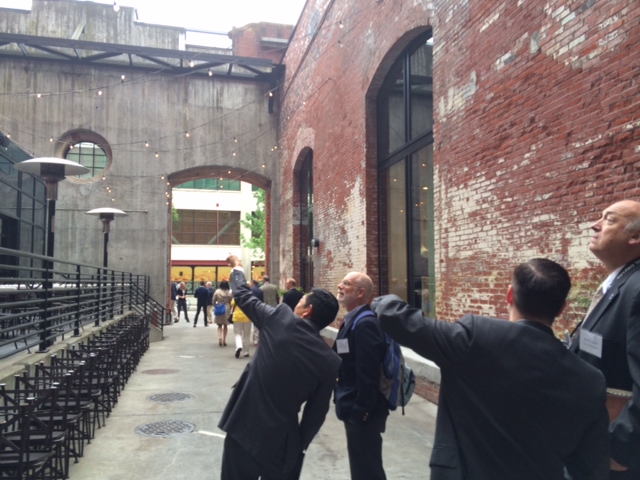
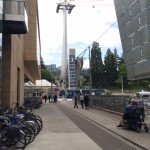
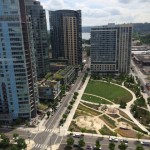
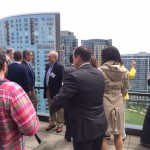
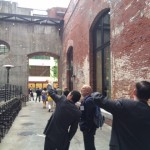
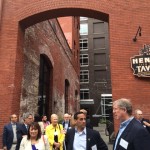
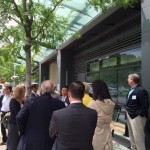
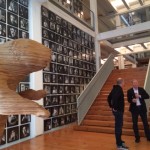
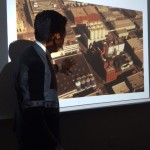
buywithsimplicity